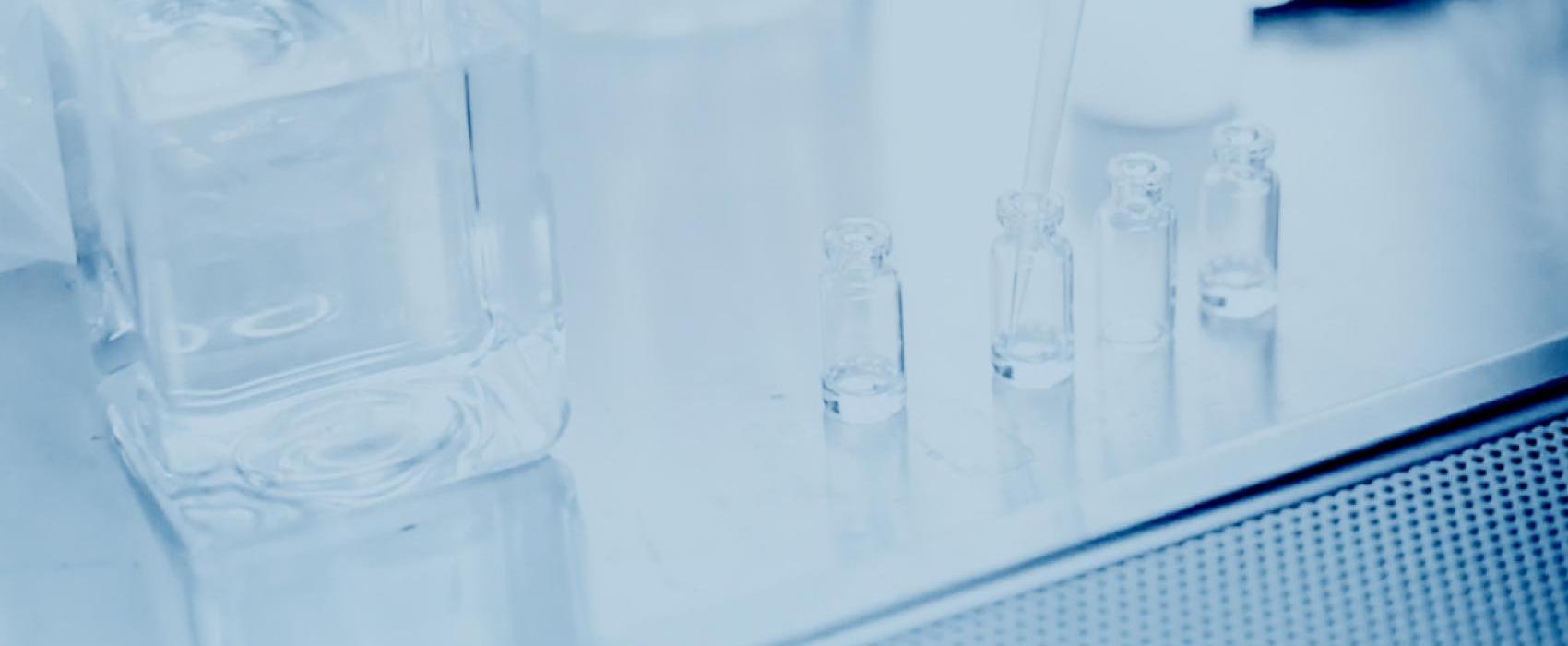
One year ago, the Army announced that a clinical trial in Thailand showed, for the first time, that a vaccine is able to reduce the risk of HIV infection in humans. Although the results from this study were modest, they are providing a great deal of infor
In September 2009, the Army announced that a clinical trial in Thailand showed, for the first time, that a vaccine is able to reduce the risk of HIV infection in humans. Although the results from this study were modest, they are providing a great deal of information to inform the field of HIV vaccine research.
Already, RV144 has raised several interesting hypotheses about the types of immune responses that may control acquisition and raises substantive questions about how to measure these responses. The current planning for new efficacy trials in southern Africa (and elsewhere), changes in the non-human primate models, and new enthusiasm for protein boosting and non-neutralizing antibodies reflect the impact of the result.
Animal studies focused on the prevention of infection rather than on reduction in post-infection viral load are beginning to show similar levels of protection against infection as we saw in RV144. Interestingly, some of these studies show protection against acquisition but no effect on post-infection viral load, which is similar to what was seen in RV144.
Our highest priority is to confirm and extend the observations of RV144. The immediate next step is correlates research, which is underway. MHRP, NIAID and 25 U.S. and international collaborators are conducting intensive laboratory studies of the patient specimens collected in RV144.
On September 1, we held our first laboratory meeting for these secondary studies, and nearly 90 researchers and staff from around the world participated. So far, we have shared very preliminary data, but the group is committed to working together to try to understand the immune mechanisms and viral and host factors that may have played a role in protecting against HIV infection.
The protection against HIV appeared highest (60%, 95% CI 22, 80) at 6-12 months, based on post-hoc analysis. If we can sustain or increase this effect, that would be a great accomplishment. To that end, and to help us collect more data and samples for immunogenicity studies, we have two smaller studies planned, which should start within the next year. These studies (RV305 and RV306) will add a secondary boost to try to extend and increase the immune response.
Future clinical studies will likely involve populations with different risk factors/HIV incidence, and will also be executed in other parts of the world where other strains of HIV circulate. While these studies will take much longer to plan and execute, they will provide important clinical data on how to develop a more effective vaccine that could be used globally.
In addition to these studies directly related to RV144, MHRP is pursuing other global vaccine strategies, including a prime-boost combination of DNA-MVA to deliver HIV proteins to antigen-presenting cells. MVA-CMDR, which was developed by MHRP and NIAID researchers, is currently used in collaborative studies with a multiclade DNA prime (Karolinska Institute), and will be tested with another DNA candidate in 2010 in the U.S., Thailand and Africa. Other vaccine combinations are also being explored, including mosaic HIV inserts in heterologous vectors.
A globally-effective vaccine, along with other proven prevention techniques, would enable us to control the HIV pandemic. It is the cornerstone of a comprehensive program of HIV/AIDS prevention. Developing a vaccine is a long-term effort, and we are confident that recent advances such as RV144 have provided not only optimism, but also significant scientific momentum that will help us achieve this goal.